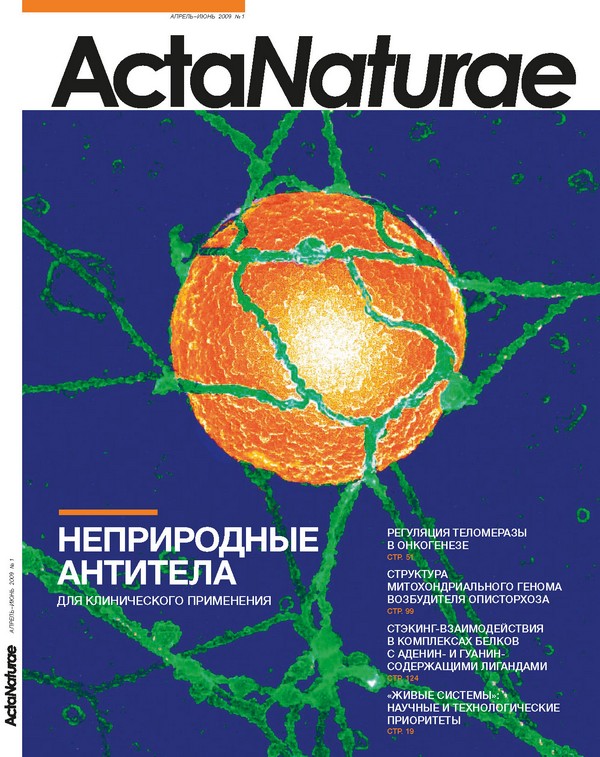Полный текст
The nicotinic acetylcholine receptor (nAChR) is a ligandgated ion channel which is incorporated into the postsynaptic membrane of neurons [
1]. NAChR is composed of five homologous subunits, whose transmembrane domains form an ion pore and the N-terminal domains contain the binding sites for the ligand (Fig.1). One of the most common subtypes of nAChR receptor in mammalian nervous systems is a homopentameric, α7 nAChR (α7nAChR), and several neurodegenerative disorders are associated with its dysfunction [
2]. An effective system for the production of the individual subunits and other domains of nAChR is a prerequisite for studies focused on the receptor itself, and for the design of biomedical drugs to be used in the treatment of the disease. The tendency of these proteins to form insoluble aggregates in solution makes the development of such systems difficult [
3]. Recently, a research group from the USA published the xray structure of acetylcholine binding protein (AchBP) from Lymnaea stagnalis [
4]. AChBP is a water-soluble protein composed of five identical subunits. This protein shares 25% sequence homology with the extracellular domain of α7nAChrR (α7ED), and it is capable of interacting with some of the nAChR ligands (for example, acetylcholine, α-conotixins, and α-neurotoxins) [
4]. It has been shown that replacing the fragment of α7ED which is located between Cys128 and Cys142 (the so-called Cys-loop) with a homologous loop from AChBP increases the solubility of the domain [
5]. During the past 10 years, cell-free systems, especially continuous-z exchange cell-free systems, have been successfully used in the production of recombinant proteins [
7,
8]. These systems have some advantages over host-based gene expression systems: (i) the direct addition of special agents or co-factors into the reaction mixture can prevent the aggregation of the target protein, and (ii) the method permits the synthesis of selectively labeled proteins which can then be used in structural studies.







